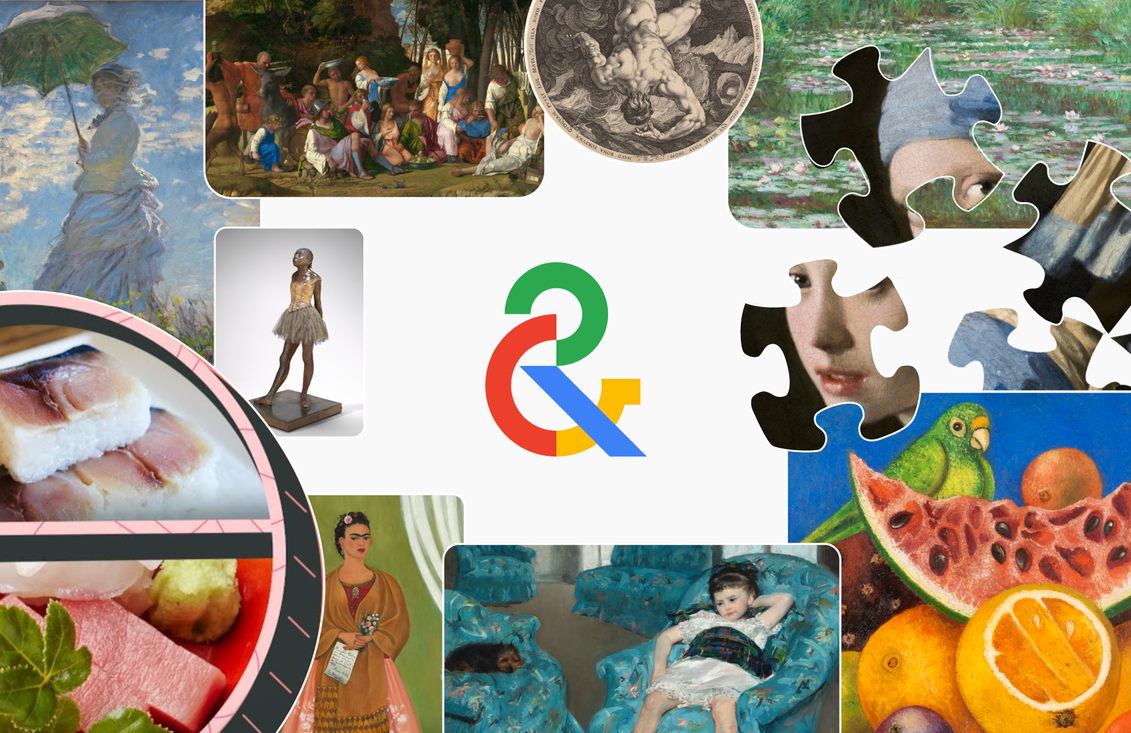As the summer holidays draw to a close, many parents find themselves concerned about the so-called “summer slide”—the tendency for students to lose academic ground during the break. This year, Google Arts & Culture is rolling out a suite of interactive and educational experiences designed to keep young minds sharp, curious, and ready for the new school year.
Turning Learning Into Play: Interactive Games
Forget rote memorization and worksheets—Google Arts & Culture transforms learning into an adventure with a range of playful digital activities. Puzzle Party invites children to piece together famous artworks, either solo or in multiplayer mode, promoting teamwork and visual literacy. Meanwhile, Blob Opera lets kids experiment with four opera voices in real time, encouraging creativity and a love for music—no vocal training required.
For those craving a challenge, Odd One Out tasks players with identifying AI-generated artworks among masterpieces, sharpening their critical thinking and observation skills. The platform even offers quirky features like Art Selfie and Art Selfie 2, which match users’ faces to historical portraits or seamlessly integrate them into famous paintings, blending fun with cultural discovery.
Exploring the World’s Museums from Home
Google Arts & Culture serves as a virtual gateway to over 80 countries’ museums, historic sites, and cultural institutions. Kids can embark on virtual journeys to ancient Maya temples, examine Frida Kahlo’s iconic works up close, or explore the evolution of Japanese cuisine—all from their living rooms. These immersive experiences broaden horizons and foster global awareness, making the world’s treasures accessible to all.
AI-Powered Learning: Talking Tours and Pocket Gallery
For a more guided experience, Talking Tours leverages artificial intelligence to provide audio-led explorations of renowned landmarks and artworks. As children navigate through Street View scenes, an AI-driven guide offers context, stories, and insights, transforming passive viewing into active learning. This feature deepens engagement and encourages kids to ask questions and think critically about what they see.
Meanwhile, the Pocket Gallery feature uses augmented reality to bring curated art exhibitions into the home. With just a smartphone or tablet, children can wander through virtual galleries, examining masterpieces as though they were standing in front of them. This hands-on approach helps demystify art and makes cultural heritage more tangible and relatable.
Sharpening Detective Skills with Art
For those with a keen eye for detail, Art Detective—developed in collaboration with the National Gallery of Art in Washington, D.C.—offers a unique way to engage with art. Kids are challenged to uncover hidden stories and subtle details within famous paintings, piecing together narratives much like a detective would. This activity not only builds observation and deduction skills but also encourages a deeper appreciation for artistic expression and history.
Expanding Horizons: Archives and Aviation
Beyond traditional art, Google Arts & Culture also spotlights historical archives and the world of transportation. The Moving Archives from the Harley Davidson Museum bring vintage photographs to life with subtle animations and historical context, powered by Veo technology. For budding aviators, virtual tours of the Owl’s Head Transportation Museum and the Delta Flight Museum chart the evolution of air travel, offering insights into engineering and innovation.
Resources for Parents and Educators
Google Arts & Culture’s educational offerings are not just for independent exploration. Parents and teachers can easily integrate these features into lesson plans or family activities, making learning a collaborative and enjoyable process. With its diverse range of experiences, the platform aims to reinforce knowledge, ignite curiosity, and ensure that students head back to school feeling inspired and prepared.
Conclusion
As concerns about the summer slide persist, Google Arts & Culture offers a timely and creative solution. By blending play with meaningful learning, the platform helps children retain knowledge, develop new skills, and discover a passion for the arts and history. With school just around the corner, these digital tools provide a fun and accessible way to keep young minds active and engaged.
